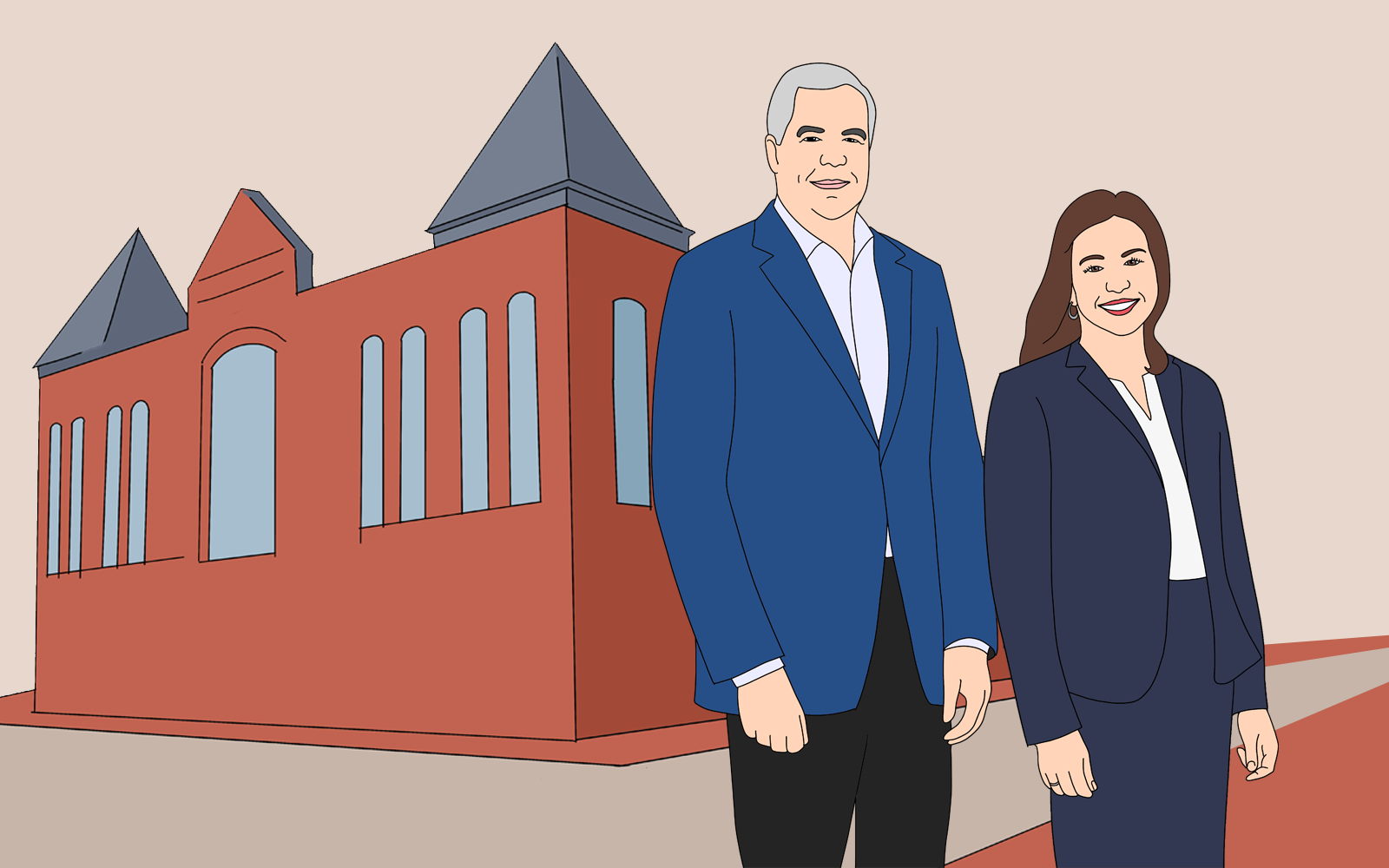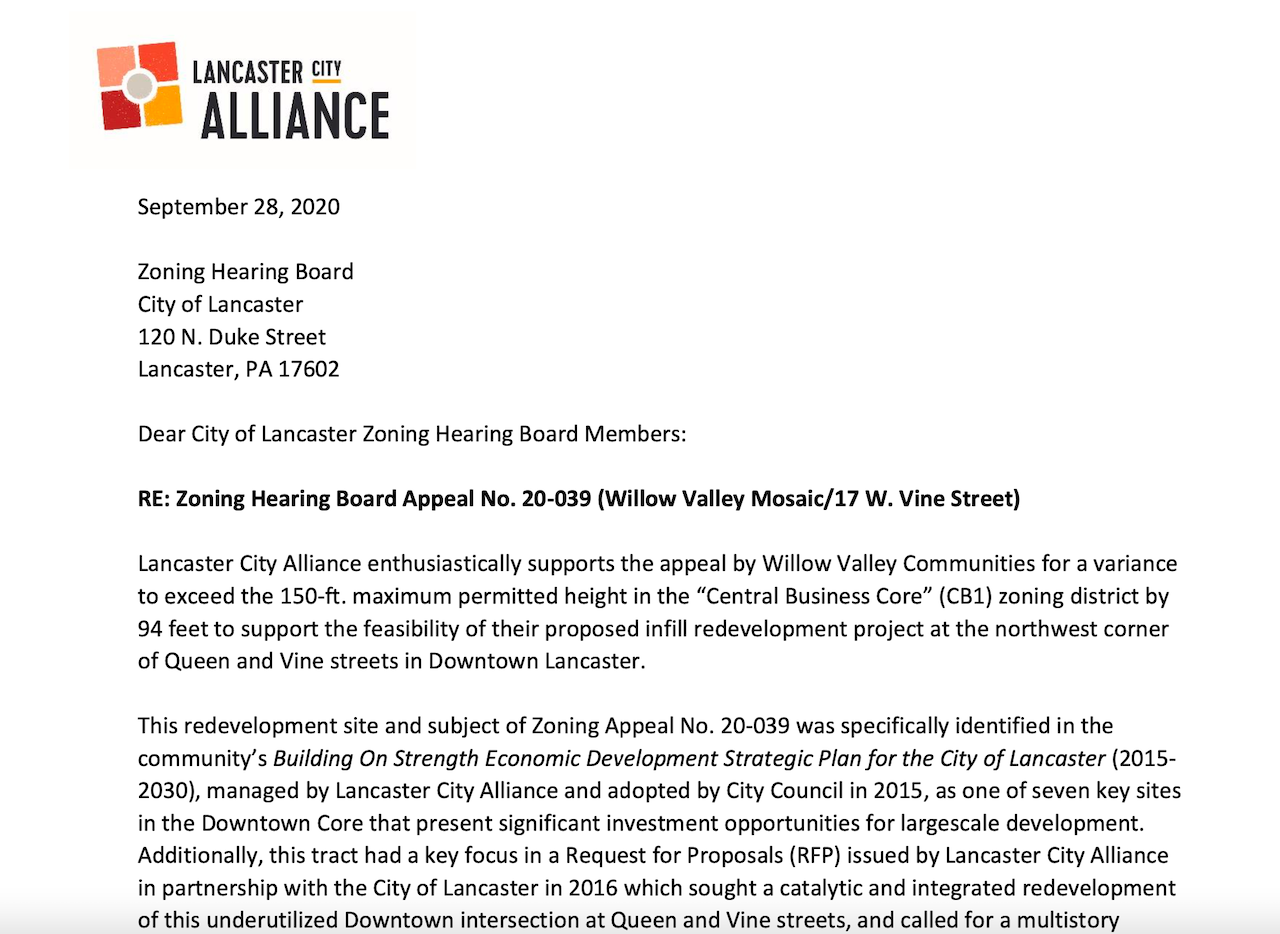Land
How To Remap Residential Projects To Avoid Entitlement Risk
As localities seize ever greater powers to stop, stall, or support new home and community development, new approaches to sustained investment in local quality of life may offer ways forward.

Left: John G. Swanson, CEO, Willow Valley Development
Right: Helen Foster, Principal, Foster Strategy, LLC
No matter what becomes of the size of housing's market-rate demand universe due to hurdling interest rates and price increases, you can count on two factors remaining constant.
They'll be there, just around the corner of what's foreseeable, which is not very much just now.
One is this: whatever diminishment of the demand pool occurs, there'll still a strong set of governors restricting capacity to meet that remaining pool of would-be buyers.
The caveat: That will be the case in some markets but not all. It's plausible that, already, overbuilding in some markets, submarkets, communities aimed at prospective buyers who are more price- or monthly payment sensitive than others.
The other reliably predictable factor is nearly universal: Entitlements and risk. Thing is, they'll take on a whole new level of impact. The combo can not only thwart residential development, but stalling progress could be, more or less, the same as a death knell for some deals.
Localities' sway in the timing of projects getting on the ground, under construction, and ready to go live for sale or lease-up is always and forever a wild card factor in residential investments. Lately, it seems, the path from land purchase to proposed project to reality has become wilder yet. Municipalities, homeownership associations, local activists, etc. seem practically to be trying to one-up one another in setting up obstacles to new development. No matter if they're convinced there's not attainable housing enough in their neighborhoods.
The Builder's Daily has paid close attention to rising municipal, regional, and national entitlement risks brewing up, and creating stress on a significant stream of capital commitments backing new development projects by putting pro forma timelines in jeopardy.
Today, we're embarking on a series of stories and project focus case studies that escalate and deepen our look at solutions and capability in the area of bringing localities in as development stakeholders. A model inflection, away from transactional and toward relational, could alter what is more and more an oppositional dynamic into one where localities and developers band together on a path of enlightened collaborative self-interest.
To get started with how this model evolution works, let's dive first into a real-world, real-time example, a project whose big, daunting paradoxes could easily have stifled progress early on.
Instead, thanks to this project's envisioning, planning, community connectivity, and development champions, John Swanson, ceo of Willow Valley Development, and Helen Foster, principal at Foster Strategy, the concept-to-reality – in 2025 --journey for an innovative a $90-million-plus, 20-story 55-plus called Mosaic by Willow Valley Communities, in Lancaster, PA.
Paradoxes?
- Try, a 20-story, 244-foot, all-glass high-rise in downtown Lancaster, whose mostly low-slung, red-brick, central business core zoning permits a maximum height of 150-ft.
- Try 146 service-enriched, luxuriously amenitized two- and three-bedroom residences, inspired by iconic urban "analogs" for city living in the heart of Lancaster, whose key planners, the Lancaster City Alliance, had been calling for focus on expanding attainably-priced rental housing for Millennials.
- Try an entirely untried brand expansion of 35-plus year-old Willow Valley Communities, one of the nation's leading Lifecare communities, with 2,500 plus residents from 40 states, living in a network of residential product types on two campuses five miles to the south of downtown Lancaster.
To name a few.
How would what would be the tallest structure in the county, targeting a well-heeled, 55+ resident, built and operated by a campus-style senior-living community developer navigate a municipal stakeholder group keen to leverage Lancaster's rising trajectory as one of America's cool, "new Brooklyn," top 50 places to live destinations to attract young money.

Our narrative will explore how a project – on its surface so anomalous and out of sync with the Lancaster city soul and culture – could, by virtue of its inclusive process, its adaptive vision, and its clear-sighted sense of what it is and what it wants to be, work out to be even better than a cultural fit.
Rather, the project, as it has moved forward and gained momentum, will be a cultural, economic, and sustainability contributor.
We had to go to significant lengths to engage with the community, someone with relationships and a capability to really hear the various stakeholders in Lancaster," says Willow Valley Development Corp. ceo John Swanson. "There was initially a lot of apprehensiveness about our coming in from outside the city, and whether we were truly looking to invest in something that would be beneficial to the residents of the city for decades to come. It's been a long process, and taking time to get the community to understand what we're about and what we believe."
We'll get to that "long process" and its various moving parts in this three-part special spotlight on Mosaic by Willow Valley Communities.
The story consists of many stars, each one with its own distinctive glint and glimmer, and the way they would all need to align for the path to clear in mid-February 2021, just over a year ago, as critical approvals – from the Lancaster Historical Commission -- for the project occurred.
Then, Lancasteronline.com staffer Tim Mekeel wrote:
Project architect Lester Yuen brought renderings depicting views of the building from East Vine Street, West Vine Street and Penn Square, and described how the building would fit with the surrounding structures.
Yuen reviewed how the design is intended to soften the building’s visual impact by having the 20-story section set back 98 feet from South Queen Street, with two-story and 15-story sections in between the street and the tower. Yuen, a design director with the San Francisco-based architectural firm Gensler, also showed how the two-story section fit with the height of the neighboring buildings.
But the new renderings seemed to be the most persuasive.
“I appreciate the view from Penn Square,” said commission member Steve Funk. “It really does illustrate that the massing of the new building really does fit in well with the buildings in the foreground. I think it’s a successful design for a difficult downtown site.”
The site, its challenges, the community, its ebb and flow of economic prosperity, and challenges, and the coalescence of placemakers, architectural and design partners, branding mavens, retail, food, and entertainment activators, business incubation experts, local farmers market influencers, and other key city and county officials and gatekeepers each are playing critical roles in the fusion of interests that have led to the point where the Mosaic "interest list" for the 146 units that will likely be ready for moving in in about three years is already 643-names deep, from 28 states.
We toured this Penn Square site on foot in 2013, and even then, you could sense the magnificent potential of this site if you only got effectively to master-plan it from start to finish, and include the ability to activate the Southern Market across the street," says Foster Strategy's Helen Foster. "Although we didn't know it at the time, that's exactly what we've been given the chance to do, and it's like stars aligning. What's really going on with this is that it's taken the service-enriched, 55-plus project to a whole new level of a developer, not a property manager. This way Willow Valley and Mosaic are intrinsically invested in Lancaster and its vitality, rather than being in a transactional value-for-value deal. We're not coming in, developing, and flipping. We're part of Lancaster and its future, forever."
.In the next two parts of this series, we'll look at the place – Lancaster's downtown and its plans for its future – and the placemaking, the line-up of superstars who integrated their expertise and the operational raw materials to map this model.
Join the conversation
MORE IN Land
How Homebuilders Gain Ground Control With Digital Land Tools
Land banking is complex and costly. A new digital approach shows how builders can cut errors, speed deals, and stay competitive.
Lone Star Diamond In The Rough: A Case For 'Why Weatherford'
Longtime Texas residential land strategist Scott Finfer opens up his land scouting manual to explain the stark difference between speculation and data-backed, applied vision.
Little Deal ... Big, Timely Product Pivot: Lokal’s Capital Play
A $12M facility fuels Lokal Homes’ swift shift into higher-margin homes and a smarter land strategy in a tough market.
